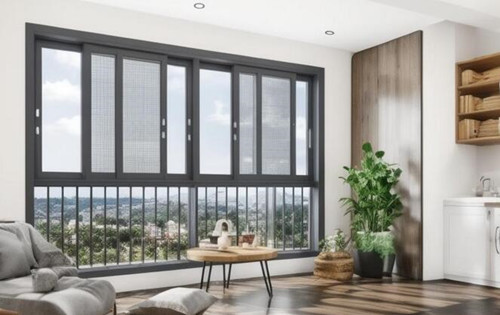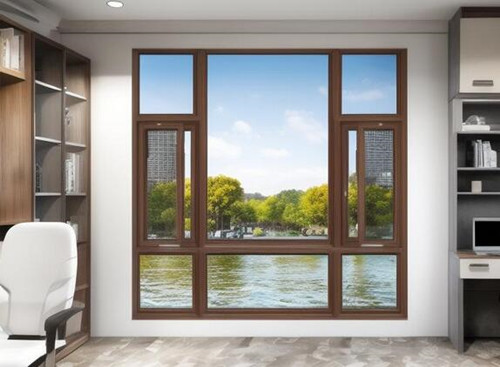Inner and outer windows are two common types of windows in home decoration, each with different functions and characteristics. Here are the distinctions between inner and outer windows:
1. Definition and Function
Inner windows are installed on the interior side of the window, typically located inside the living space. They can help isolate noise, prevent the loss of air conditioning or heating, and provide additional security. Outer windows, on the other hand, refer to the windows that are part of the exterior wall of the building. Their main functions are ventilation, natural lighting, and offering a view.

2. Sound Insulation Effect
Inner windows effectively isolate external noise due to their location inside the home, providing a quieter living environment. This is particularly beneficial for residents living in busy urban areas, as inner windows can significantly reduce noise interference, allowing for better rest and work conditions. In contrast, outer windows are relatively thin and cannot provide significant sound insulation.

3. Insulation Performance
Inner windows create an air layer between the glass and the window frame, which prevents the convection of cold and hot air, effectively reducing heat loss. Therefore, inner windows can provide excellent insulation during winter, reducing the load on heating systems and saving energy. Outer windows do not form an air layer, thus lacking good insulation performance.
4. Safety Performance
Inner windows can come with various safety features, including fire-resistance, theft deterrence, and explosion prevention, depending on their function. These special treatments give inner windows higher safety performance, effectively preventing fire, theft, and other accidents. In comparison, outer windows are relatively fragile and cannot offer the same level of safety.
5. Maintenance and Cleaning
Located indoors, inner windows are less exposed to various weather conditions, making their maintenance and cleaning relatively easy. Regularly wiping the glass and window frame is sufficient to keep them tidy. Outer windows, however, are exposed to the elements, making them susceptible to weather erosion, which necessitates frequent cleaning and maintenance, especially in high-rise buildings or harsh weather conditions.

6. Decorative Effect
Inner windows, installed indoors, can serve as part of the interior decoration. Different materials and colors can be chosen for window frames, and they can be paired with various styles of curtains to achieve a pleasing decorative effect. In contrast, outer windows are more focused on achieving lighting and ventilation functions, with relatively lower decorative value.

In summary, there are notable differences between inner and outer windows in terms of function, sound insulation, insulation performance, safety, maintenance, and decorative effects. Depending on actual needs, we can choose the appropriate type of window to achieve a better living and working environment. Regardless of the type of window selected, it is essential to emphasize quality and performance to ensure long-term effective use.



